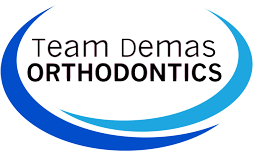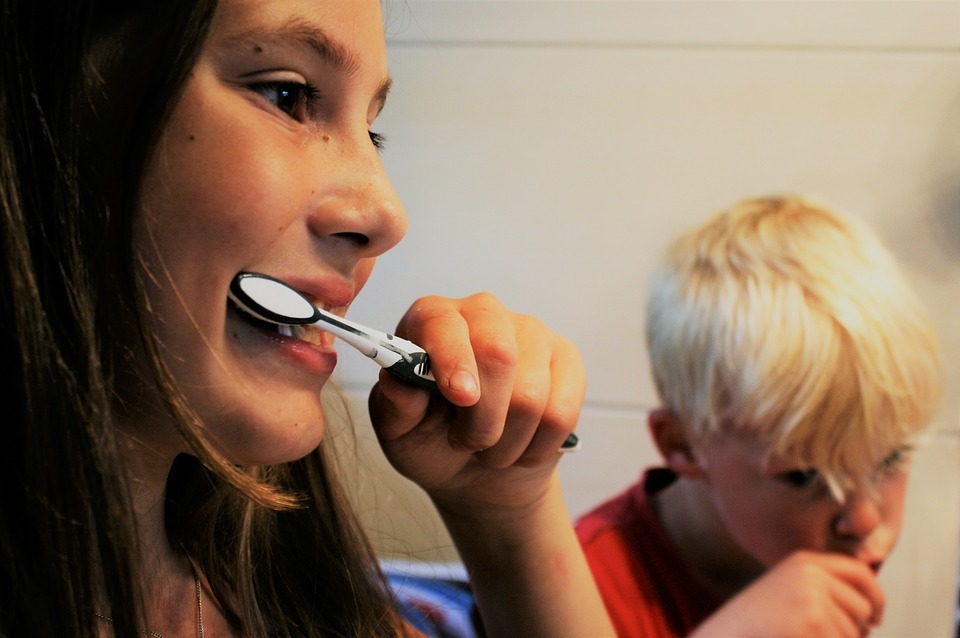A nice smile has an impact on how people perceive you as well as how you perceive yourself. While braces seem to be almost a rite of passage for teens and even some adults, they are not necessarily required for all overcrowded teeth. You may not realize that fixing overcrowding teeth can be accomplished without braces.
FAQ
Why Do Teeth Become Crowded?
There are several reasons why teeth can become overcrowded. As the teeth and jaw develop, teeth gradually move into their permanent position. This movement is normal, but certain habits can make it worse. Sucking the thumb, thrusting the tongue against the teeth or pulling the lower lip behind the upper teeth can all cause teeth to shift and become crowded. If your jaw is too small for the number or size of your teeth, they can become crowded and crooked because of lack of space. If a child’s baby teeth don’t fall out when they are supposed to, the permanent teeth coming in behind them could cause it to be crowded because there is insufficient space. Sometimes even removing the baby tooth doesn’t solve the problem. Even when there seems to be adequate space in the jaw, teeth that are crooked can become overcrowded because they are not properly aligned. Different strategies are necessary to resolve these problems, fixing overcrowding teeth.
What are braces?
The most common orthodontic technique to fix teeth that are crooked or overcrowded is to use braces. These include:
- Traditional metal braces with brackets attached with wires
- Brace systems using clear ceramic brackets attached with wires
- Adjustable braces, which may have metal or ceramic brackets but don’t have individual wires attached to each bracket
- Lingual braces that are attached to the inner surface of the teeth so they are less visible
- Invisalign, a series of removable clear plastic aligners.
All of these systems require at least one year of treatment, and you must wear a retainer for at least a year (and often longer) after the braces come off. They require meticulous attention to oral hygiene and some dietary restrictions (neither of these is an issue with Invisalign since the aligners are removable). Nevertheless, it is possible to fix overcrowding teeth braces or to fix overcrowding teeth Invisalign.
Can You Fix Overcrowded Teeth with Retainers?
When teeth are crooked due to minor overcrowding or are crowded even though straight (this is not common as crowding nearly always results in crooked teeth), a retainer may be a good solution. A retainer provides the necessary pressure to move crowded teeth, but it not designed (as braces are) to straighten individual teeth. However, resolving the problem of crowding may also have the effect of straightening some teeth. Retainers come in two styles:
- Fixed retainers are attached to the surface of the teeth with a dental cement. Bonded lingual retainers are attached to the inside (tongue side) of the teeth to push the teeth outward and create enough room to resolve overcrowding. They can be used in the upper or lower jaw.
- Hawley retainers are made from a dental impression of the teeth. These removable retainers are fashioned from acrylic and wire formed to the shape of the mouth. They can be made for the upper or lower teeth.
Both types of retainers work well to make more room for the crowded teeth. Removable retainers make it easier to clean the teeth and allow you to remove them when you eat or you feel very uncomfortable. However, especially in younger patients, removable retainers are easily lost once they are taken out. The fixed retainer solves that problem but requires meticulous attention to the oral hygiene.
Is your jaw the problem?
Sometimes teeth are crowded because of the jaw – it may be out of alignment, causing bite problems that make the teeth move, or because the jaw is too small for the number or size of the teeth. These problems require different correction strategies. The Herbst appliance, headgear and palatal expander are the primary treatments for these cases.
- The Herbst appliance is made of metal and consists of attachments to the molars of the upper and lower jaw and a metal extension tube that can be adjusted to put pressure on the jaw. Adjusting the extension tube gradually moves the lower jaw forward, which corrects malocclusion that may be causing crowded or crooked teeth.
- The headgear is used to correct the upper jaw when a child has a significant overbite. The headgear itself is removable, but it also requires brackets on the rear molars to which the headgear is attached. Patients must wear the headgear for 12 to 16 hours a day.
- Palatal expanders are used to widen the upper arch of the teeth. As the arch widens, it allows more room for teeth so they can gradually move into their correct positions. The appliance is attached to the upper molars with a dental cement. The expander has a screw in the center that can be adjusted with a special key, placing gradual pressure on the sides of the jaw. As the space increases, extra bone grows between the two halves, which widens the mouth.
Each of these appliances has advantages and disadvantages. The headgear is removable, but that can make it tempting to take it off when it is uncomfortable or not wear it long enough each day. Although it can be worn at night, it may be uncomfortable to sleep in. Herbst appliances and palatal expanders are visible to others. All of these devices require extra care in performing oral hygiene.
What Are Habits That Affect Teeth?
Certain habits can increase the risk of crowded teeth. Sucking the thumb can widen the space between the upper front teeth and allow back teeth to crowd forward. Sucking the lower lip tends to crowd teeth in the lower jaw. Normally, the tongue places slight pressure on the teeth to push them outward and foster normal development. If a child breathes through the mouth, the tongue may lie farther back and allow teeth to “fall into the mouth.” All of these habits can be corrected with time, practice and careful attention.
An orthodontist can fix overcrowding teeth braces and fix overcrowding teeth with Invisalign. However, braces are generally better for crooked teeth. Contact an orthodontist for an assessment and recommendations.
Orthodontist Treatment in Southington
The value of having straight teeth is more than beauty. Straight teeth support a healthy mouth and help to prevent other oral problems such as gum disease, tooth decay, and bone erosion. With straight teeth, you’ll have a new sense of confidence when talking and smiling with friends and strangers. When your teeth are perfectly aligned, you’ll be able to chew without any discomfort or pain.
If your dentist determines that you need specialized orthodontic treatment to correct your teeth, getting braces in Southington is easy and convenient. Dr. Don Demas is one of the most respected and trusted orthodontists in the Southington area. He and his team of professionals specialize in corrective, preventive, and cosmetic orthodontics.
For the convenience of his patients, Dr. Demas has office locations in Southington. You can call today to schedule an analysis and consultation, or you can use the contact and location page information on the website.
Team Demas Orthodontics
27 Meriden Ave #2a, Southington, CT 06489, USA
Phone: 860-276-0333



